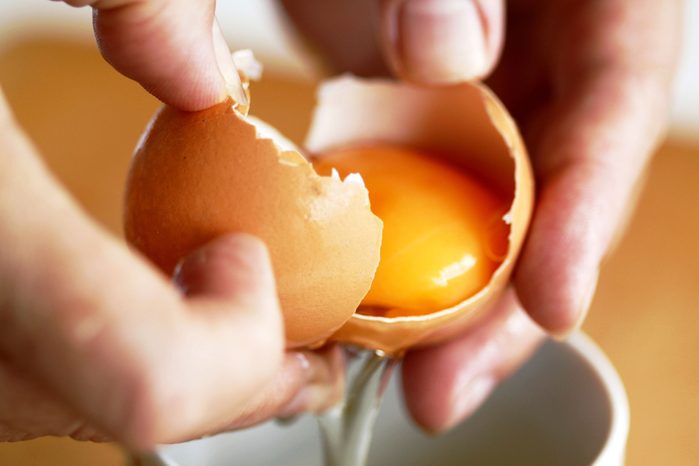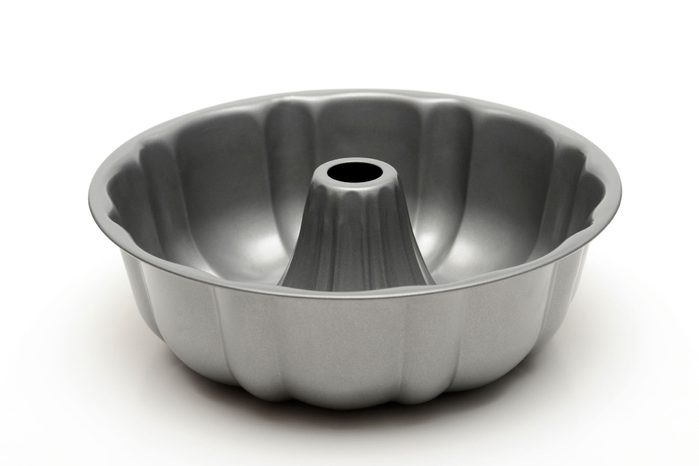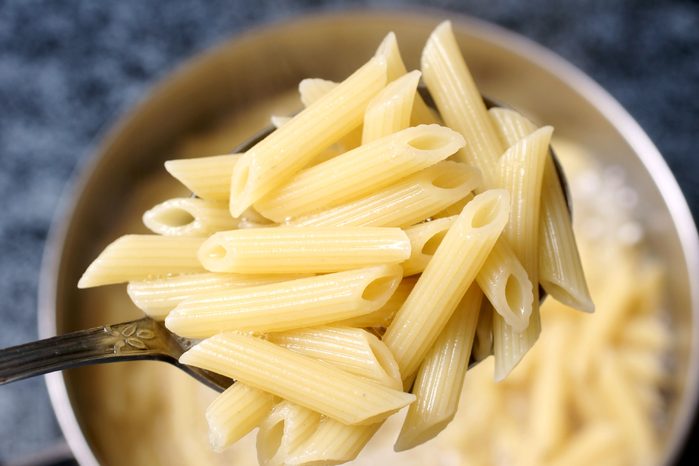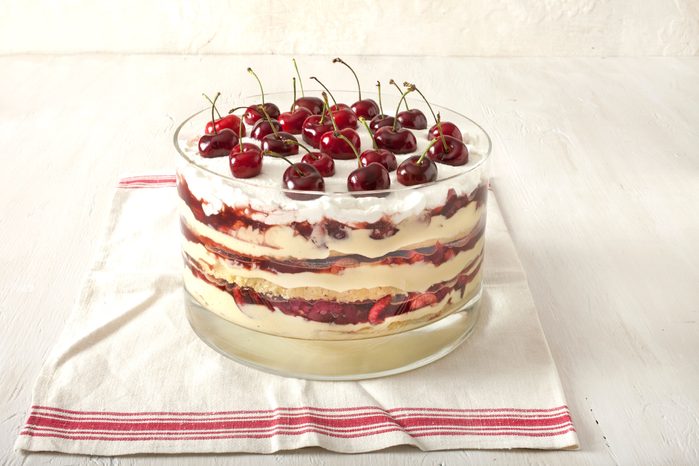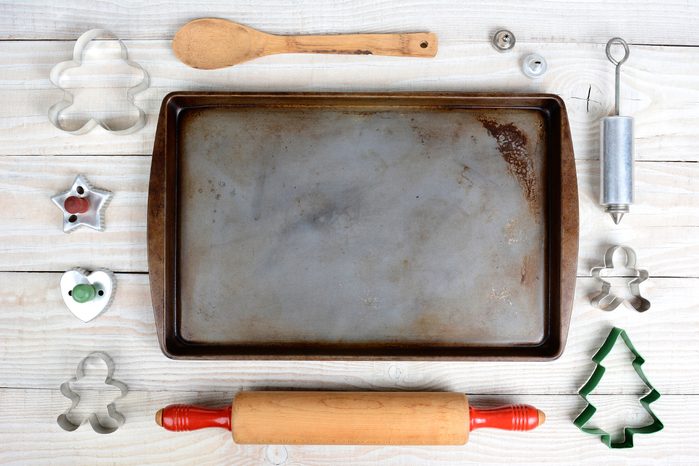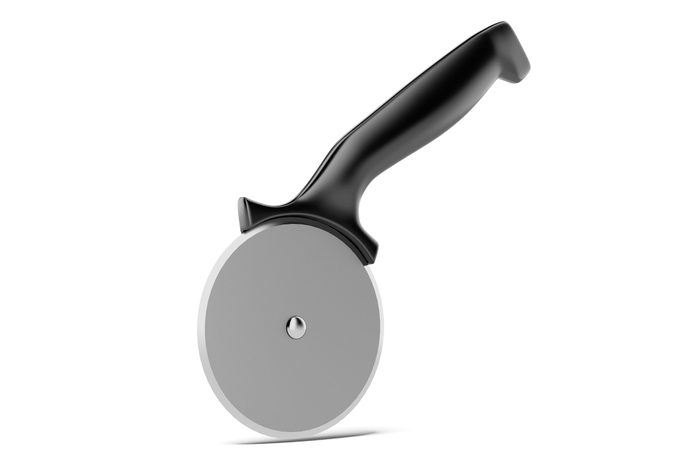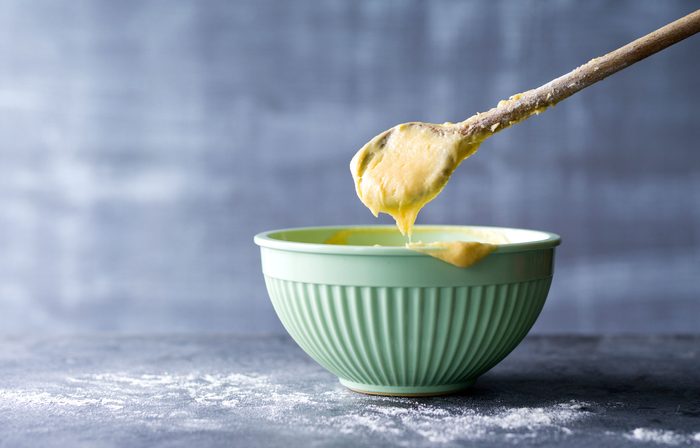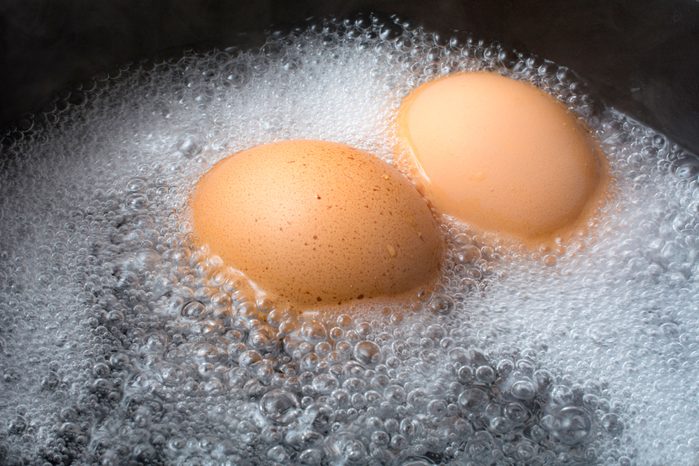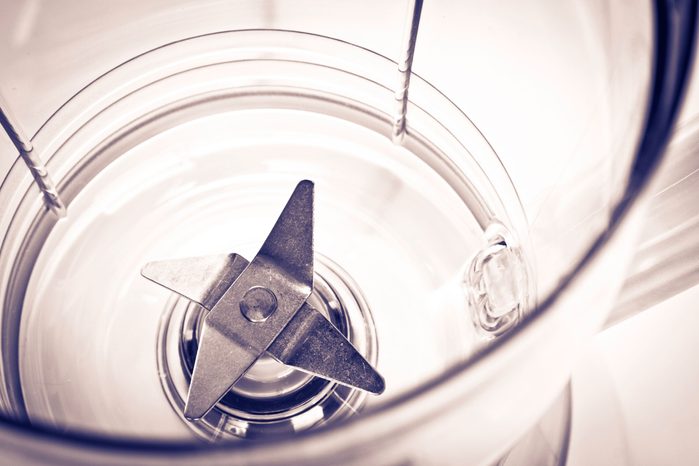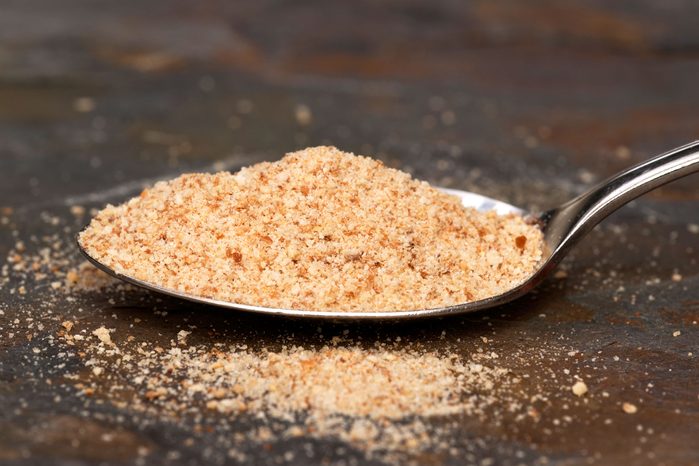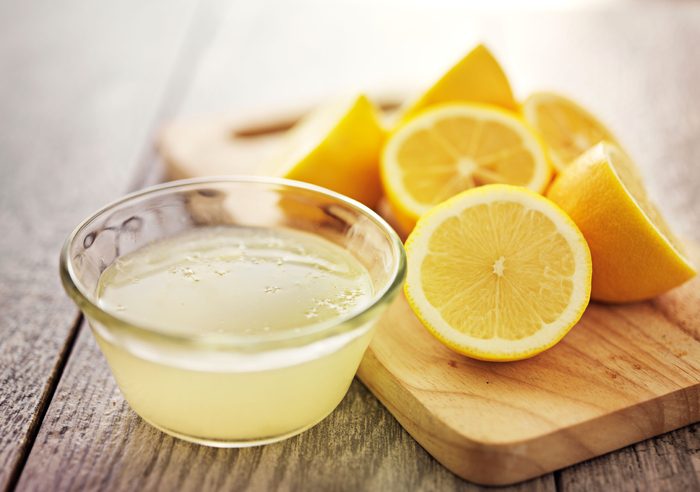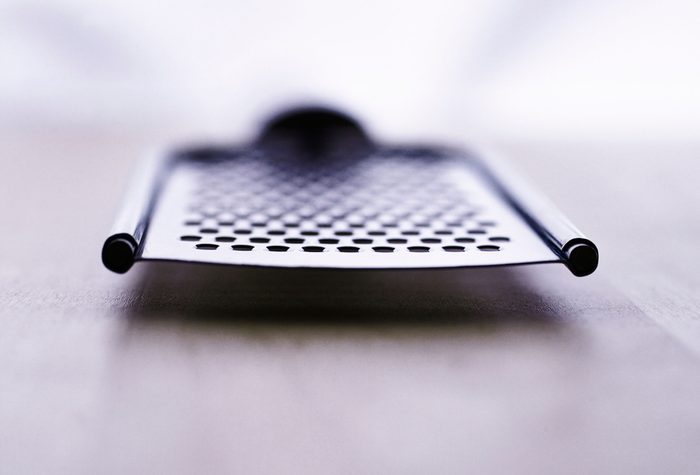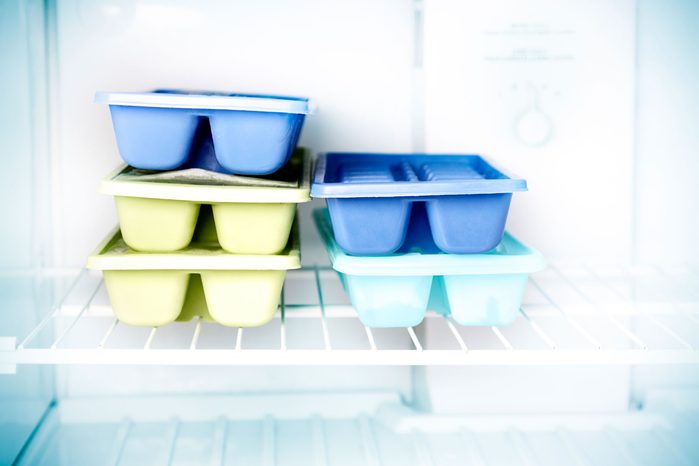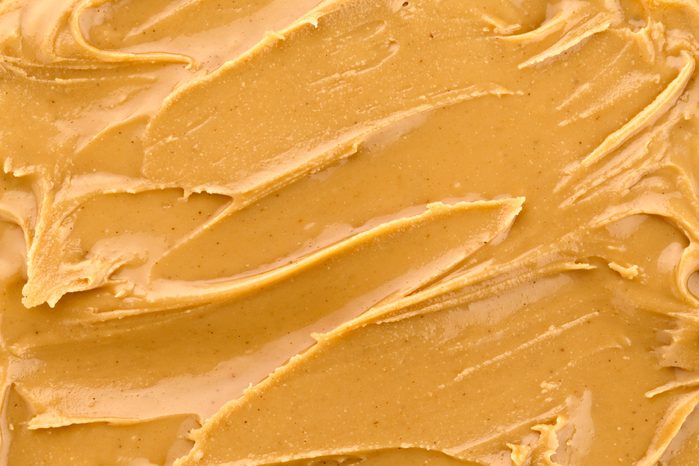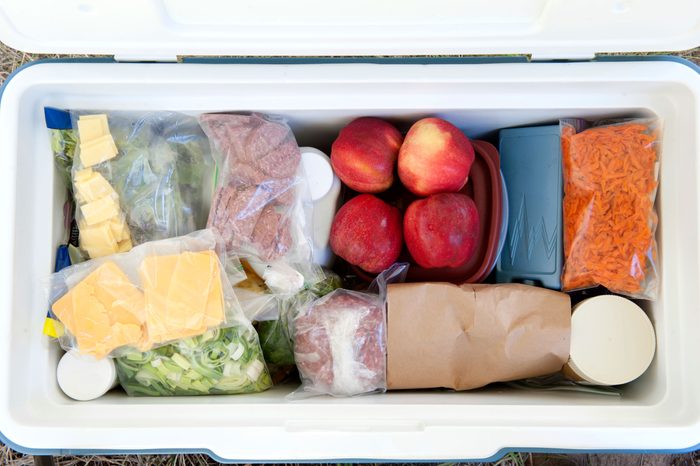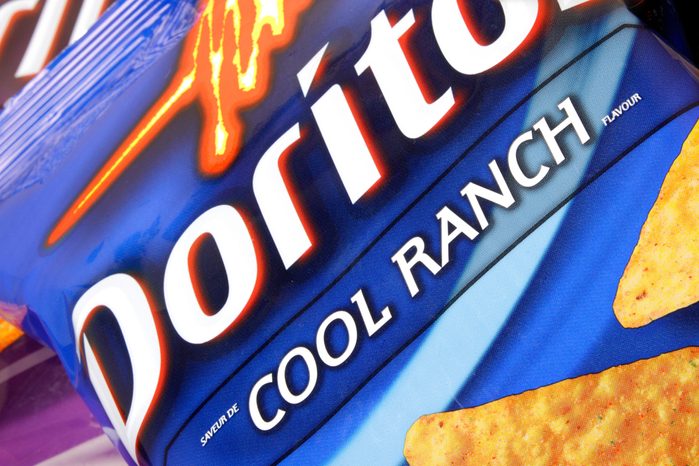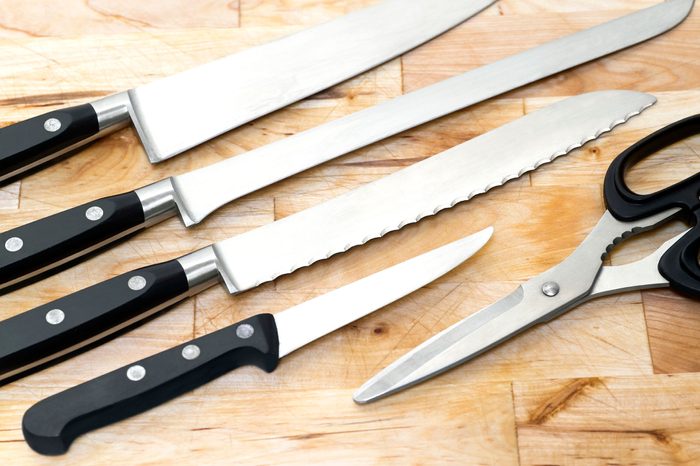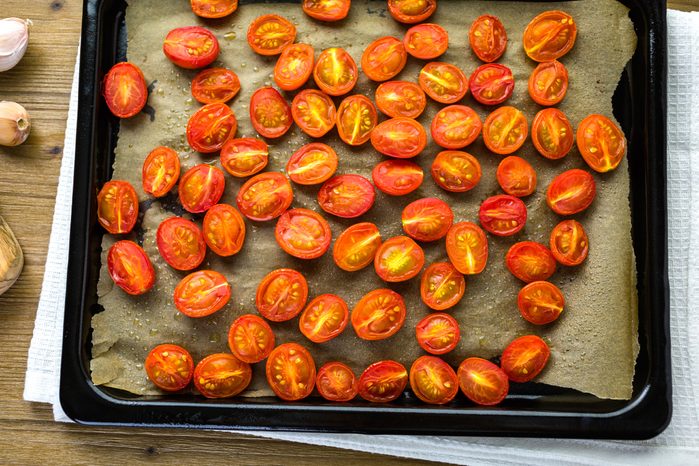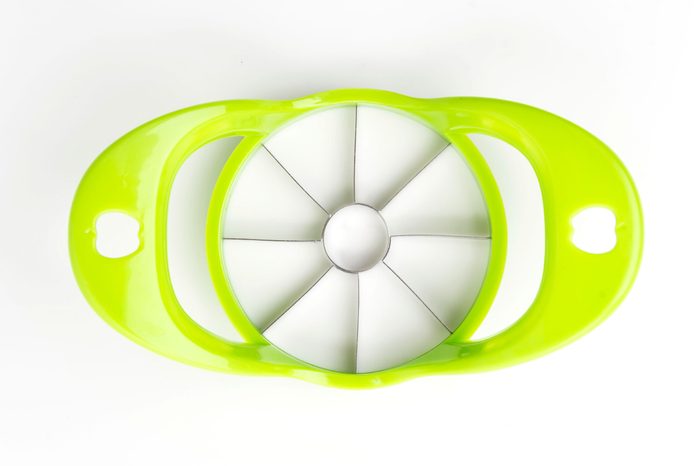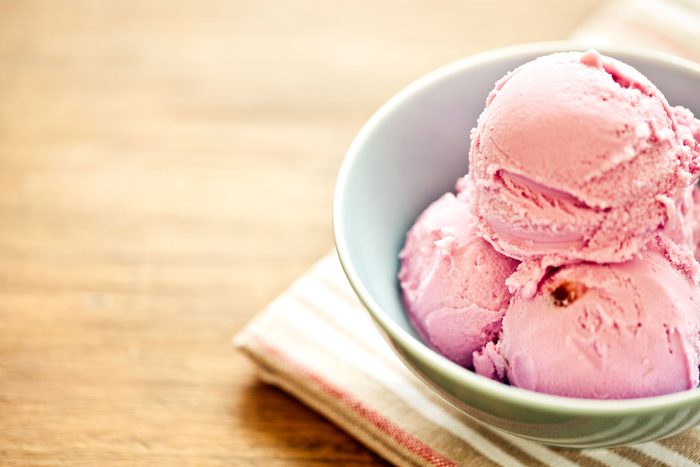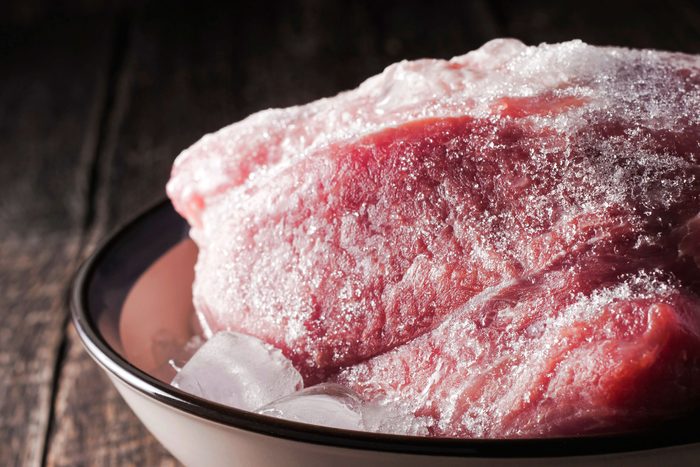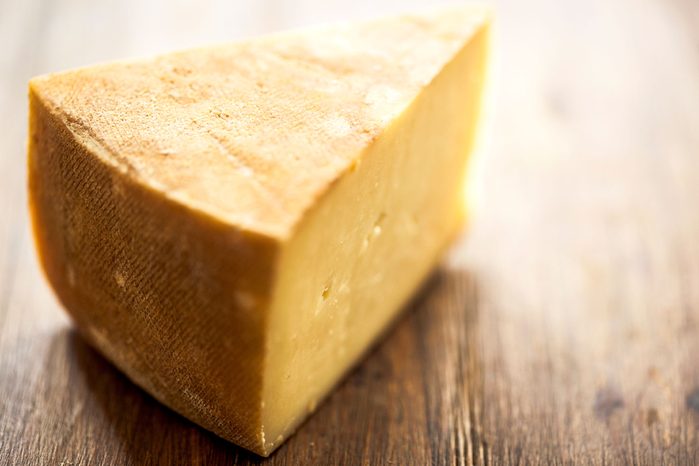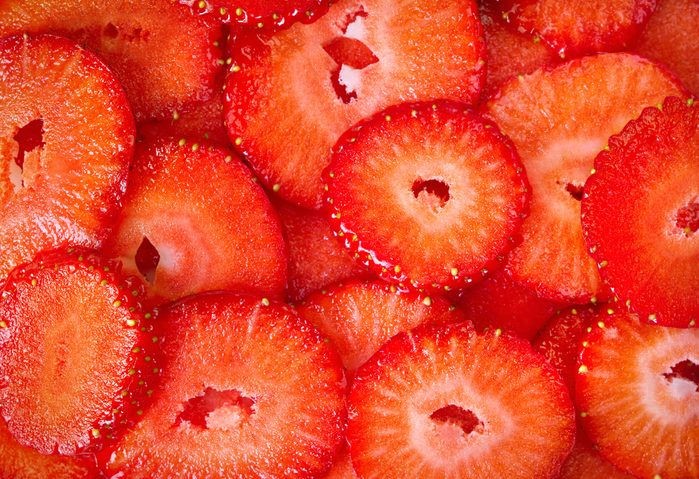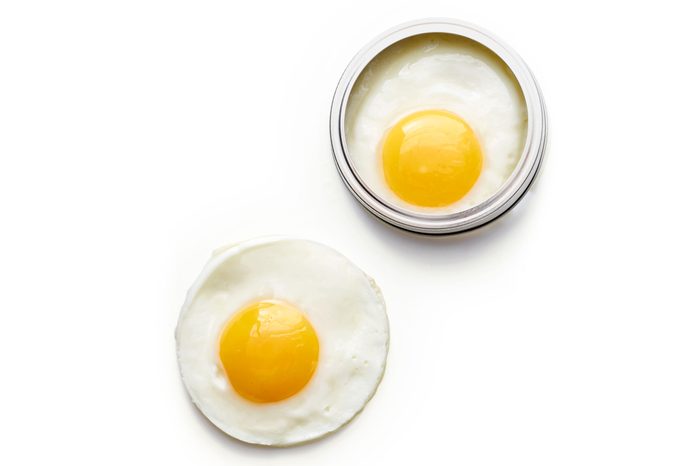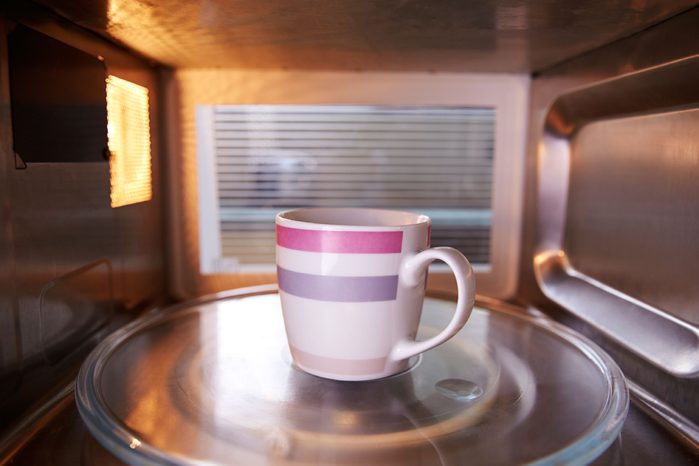Use an empty water bottle to separate egg whites and yolks
Crack an egg into a shallow bowl, then hold the mouth of the bottle near the yolk and gently squeeze. When you release the squeeze, the yolk will be sucked out, and you can deposit it into another bowl.
Cut corn with a Bundt pan
To remove corn from the cob quickly, stand the cob upright in the center of a Bundt pan. Holding the top of the cob steady, stroke a chef’s knife downward along the sides to remove kernels. Scrape the cob with the back of the knife to release juices. Kernels and juice collect in the Bundt pan-meaning one less mess for you to clean up.
Skip the pasta rinse
Rinsing noodles washes away flavour and natural starch, which helps yummy sauce stick. It’s why some recipes suggest saving pasta water to use in sauce. Instead, skip the wash and spread drained pasta on a pan to cool.
Don’t cry over a broken cake…
Instead, make a trifle by layering salvaged cake pieces with fresh whipped cream and fruit in a pretty glass bowl, advises Tamar Adler, chef and author of An Everlasting Meal: Cooking with Economy and Grace.
Pizza wheels chop herbs
Turn in the chopping knife: Instead, roll over herbs like parsley and cilantro with a pizza wheel for quick and safe slicing. A pizza wheel also effortlessly chops foods like pancakes and pasta for small children.
Use a countertop bowl for easy garbage
As you’re cooking, toss scraps, eggshells, and other garbage into a large bowl. This will contain messes and save time if a trash can isn’t readily accessible. Line the bowl with a plastic bag to make cleanup even easier. (You could also try these healthy ways to use up food scraps.)
Clean a blender sans sponge
Fill it one-third full with warm water and a few drops of dishwashing liquid. Run it for ten seconds. Rinse and dry.
Whip up gourmet bread crumbs in a pinch
Got extra burger or hot dog buns? Tear into pieces and freeze in a zipper-top bag. Ten to 20 pulses in a food processor will transform them into ready-to-use bread crumbs-no thawing necessary.
Juice a lemon with a microwave
Zap a lemon for ten seconds to break down cells and make the juice flow faster, suggests Laurent Tourondel, chef and partner at Arlington Club in New York City. This is good to remember when trying to squeeze out as much juice as possible for a vinaigrette.
For better pie crusts, use a cheese grater
A cheese grater makes quick work of piecrusts and biscuits. Instead of cutting the butter into the flour, simply grate a stick of frozen butter, and then toss the shreds with flour until a crumbly mixture forms, says Beth Moncel, creator of budgetbytes.com.
Flavour sauces and stews with leftover wine
Freeze leftover wine in ice cube trays (eight cubes = one cup) to add flavour to sauces and stews. White and sparkling work best in creamy or clear and brothy soups (think chowder and simple vegetable), while red wine goes well with tomato or beef-based varieties (think chili). Add a few generous splashes per portion.
Use your porch to refrigerate
If your fridge is full because you’re hosting a party and the temperature is 40°F or below, place hardy perishables (like fruits and vegetables) in a cooler outside near the back door. Doing so will free up a lot of extra shelf space while still keeping food cold.
Leftover Doritos? Think outside the chip bag
Smash a handful of chips, stuff into a clean pepper mill, and grind away onto everything from mac and cheese to broccoli.
Halve cherry tomatoes fast
Save time on your next salad: Find two similarly sized storage container lids. Place cherry tomatoes on top of one, then firmly hold the other lid on top of the tomatoes. Use a very sharp knife to slice through the entire bunch at once.
Soften ice cream hard as a brick
Heat a sharp knife under warm water, then use it to make one-inch-deep cuts in a grid formation, spacing the lines about an inch apart. This increases your ice cream’s exposed surface area, speeding up the thawing process (similar to the beef trick). Run a scooper under warm water, and easily serve up each section.
Defrost meat last minute
Thank high school science for this neat trick: Remember, metal conducts heat. Place meat in a plastic bag, then put it on top of an upside-down aluminum pot. Fill another pot with room-temperature water, and set it on the meat. In five to ten minutes, your meat will be defrosted.
Cut away the mold
Before you toss suspect-looking leftovers, know this: firm foods are more likely to be salvageable than soft foods. Mold generally can’t penetrate deep into hard cheeses like Asiago and cheddar, so it’s OK to cut off about an inch. The same goes for firm produce like bell peppers and carrots. However, chuck moldy-looking foods with high moisture content-yogurt, soft cheeses, cooked leftovers, and bread. Porous foods are likely to be contaminated beneath the surface.
Chop strawberries with an egg slicer
Use an egg slicer to quickly chop strawberries for fruit salads and desserts. Or cut avocados for sandwiches and uniform mozzarella slices for salads and pizza.
Twist open a mason jar for easy fried eggs
For perfectly round fried eggs (handy for breakfast sandwiches), heat a pan and spritz Mason jar rings with cooking spray. Place the rings on the pan, and slowly drop one cracked egg into each of the rings. Cook for about 5 minutes for a medium yolk. Use tongs to remove the Mason jar rings, and serve.
Whip up French toast in your microwave
Rub a pat of butter on the bottom of a mug; fill it to the top with chopped bread. In a separate cup, mix one egg, three tablespoons of milk, and a sprinkle of cinnamon. Pour the mixture into the mug, and microwave for one minute.
This article originally appeared on RD.com.
Related:
• 9 Simple Ways to Be an Eco-Friendly Cook
• 22 Cancer-Fighting Foods You Should Eat Often
• 7 No-Cook Meal Ideas
